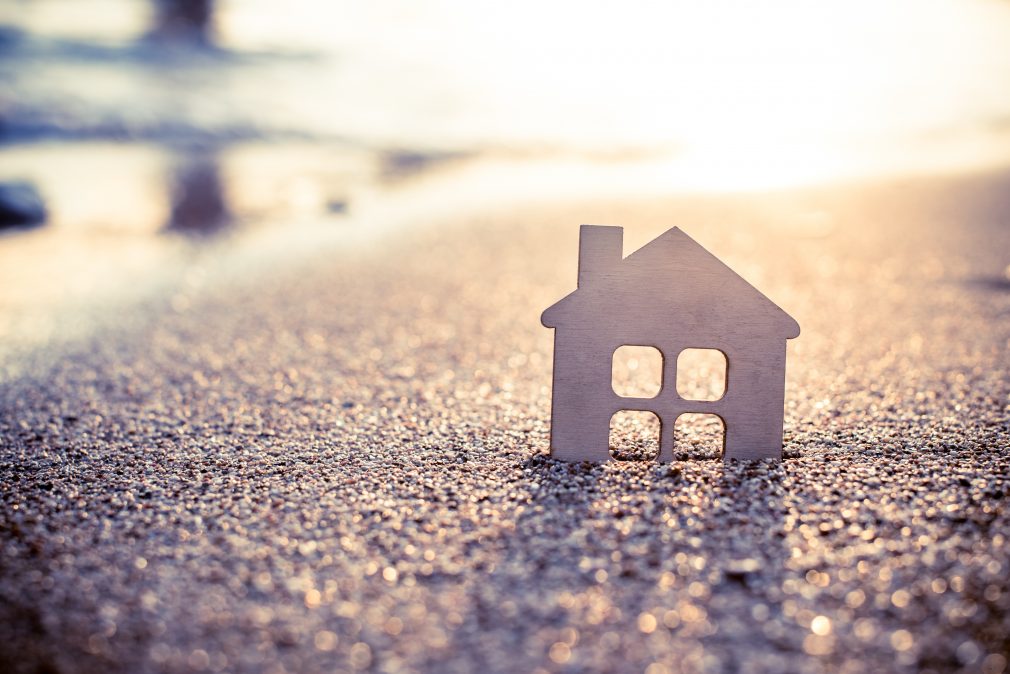At the beginning of COVID-19, people were calling the virus the “great equalizer” because the virus was expected to equally affect people regardless of race. However, the opposite quickly became apparent as communities of color have been disproportionately and overwhelmingly affected.

Recent data shows that death rates among Black and African Americans are two to three times higher than white Americans, and they are hospitalized at twice the rate. In diverse areas like Chicago and Louisiana, for instance, Black Americans represent 70% of the COVID-related deaths, while making up only about 30% of the population.
In a market that is flourishing, it can sometimes be difficult to see the impending impact this disparity may have on the housing industry. Lenders are experiencing record-high volume with purchases on par with last year’s numbers. And Millennials seem to be setting their sights on homeownership, as I reported in a recent article.
Yet, unlike previous economic recessions, the demographics that are hit the hardest are also a much bigger portion of the purchase market. Millennials, who now make up the largest cohort of homebuyers, are also nearly half from communities of color.
The pandemic’s resulting economic recession is likely to impact more than homeownership rates and place added pressure on affordable housing. For a generation that has raised the bar for “ethical consumption” with major corporations across the world, they will choose to work with companies who have supported communities hit the hardest in this crisis.
Millennials entered adulthood during or immediately after the Financial Crisis of 2008, and they remember vividly the disproportionate impact that had on communities of color. Black Americans and Latinx lost 25% of their wealth from 2004-2010, while whites lost only 1%.
This crisis is not entirely on the shoulders of the housing industry, but it is so deeply intertwined that a response is crucial to future success in this market. When the dust settles and the economic damage is clear, how will this generation think of our industry?
The intersection between health and housing
Health disparities, such as that of COVID-19, are influenced by many factors, but research shows a strong correlation with housing opportunities, particularly quality and location.
Pew Research states the median wealth for Black Americans is ten times lower than white Americans, and their homeownership rate remains at a steady 30% below their white counterparts. This wealth gap places many communities of color in low- to moderate-income neighborhoods that often consist of older housing stock and an absence of necessary amenities.
According to the World Health Organization, the physical condition of homes has major implications for people’s health. People living in older manufactured homes suffer more frequently from respiratory conditions such as asthma and cardiovascular disease due to heating and cooling issues, lead and mold exposure, and allergens to name a few.
Black and African Americans are three times more likely to die of asthma-related deaths, and are 75% more likely to live near a polluting facility, such as a factory. In addition, many of the lower-income neighborhoods are located far from healthy grocery stores, transportation, and healthcare resources, making COVID-19 testing also less accessible if at all.
All of these health determinants are a direct result of socioeconomic status, which is inextricably linked to the housing and wealth divide that began with our industry’s history of housing segregation and redlining.
As a review, in 1934, the Federal Housing Administration began subsidizing subdivisions built for white families, while implementing the “redlining” policy to prevent Black Americans from living in or near those neighborhoods. From 1934-1968, 98% of home loans were given to white families, which resulted in decades of home equity appreciation and generational transfer of wealth. The neighborhoods were divided with the strategic placement of highways, rivers, and train tracks to prevent Black Americans from entering white neighborhoods.
With the rising cost of housing and other layers of discrimination, many families of color haven’t been able to catch up, remaining in neglected neighborhoods, far from access to food and healthcare.
As difficult as it is to think about, COVID-19 shines a huge spotlight on the racial divide in housing and its devastating consequences. So while we celebrate the record commissions and unphased purchase volume, the communities that were withheld access to quality housing and affordable credit are quite literally dying around us.
So, what now?
If we claim to be one community, in which white and black are equal in value, those of us who have benefited from the inequities should also look for opportunities to rebuild together.
There are many housing policies that can benefit this effort, which often remain only discussed in nonprofit meetings and policy centers. The Surgeon General recommends that a portion of the Community Reinvestment Act (CRA) funding get redirected to support the development of safe and healthy homes. And there are many nonprofits that also support this effort, such as Rebuilding Together and Habitat for Humanity.
Community Land Trusts (CLTs) have also been proven to significantly improve wealth creation in families of color with shared equity homeownership, as well as reduce displacement and retain rental units in neighborhoods undergoing gentrification.
As a more immediate measure, we can consider donating to nonprofits and supporting businesses in areas with food deserts and who may be more vulnerable to the recession.
If we want equality in America, we need to recognize the historic inequities, support housing policies that promote equality and do our part on an individual and company-level to close the housing divide.







